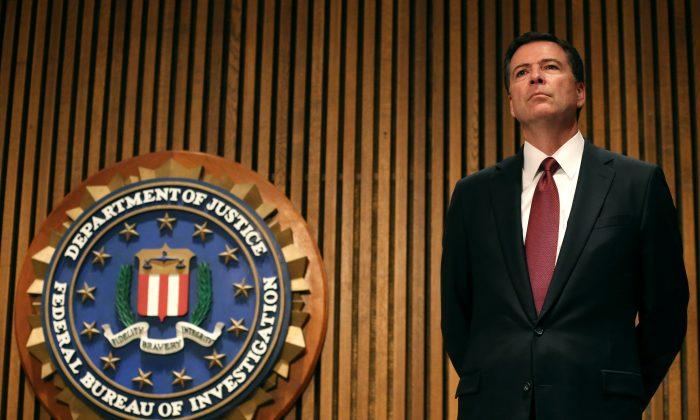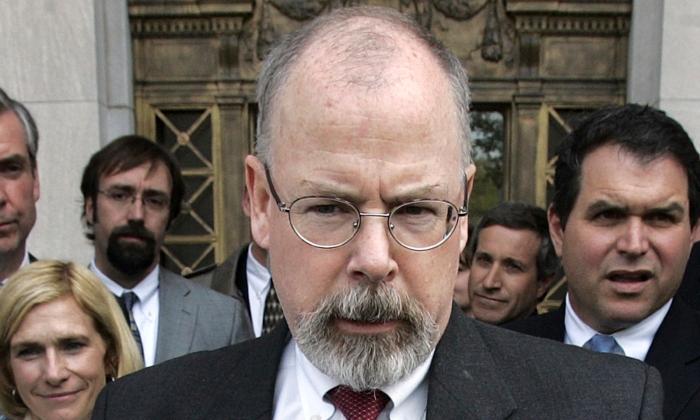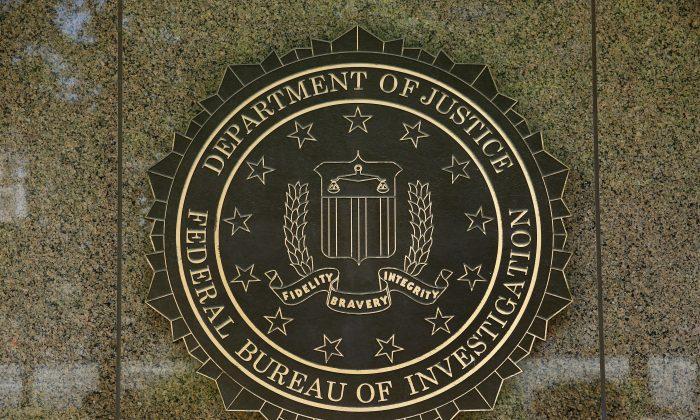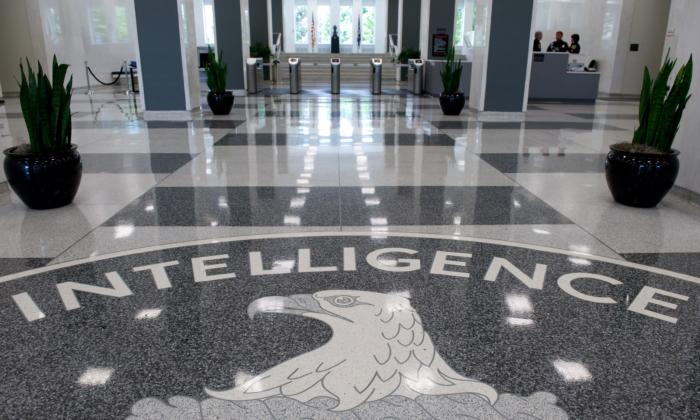Bruce Ohr, the Department of Justice’s former fourth-ranked official, who testified to Congress on Aug. 28, took detailed notes of his many meetings with both Fusion GPS founder Glenn Simpson and Simpson’s employee, former MI6 spy Christopher Steele. It was from one of his meetings with Simpson that Ohr learned the nature of the Trump dossier’s biggest source.
This means congressional committees have had access to Ohr’s notes for months—and nothing leaked from them. That suggests how damaging the Ohr notes are for the narratives that Democrats and mainstream media have been pushing for going on two years now. If there was anything in these notes that could’ve been leaked to drive the “Trump–Russia Collusion Is Real” narrative, or at the very least aided in damage control on behalf of the DOJ officials caught up in this scandal, rest assured there'd have been leaks long ago.
So in the end, when it was time to make this information public and cast a very big spotlight on the FBI’s attempts to verify the Steele dossier’s information, Solomon was brought in and shown Ohr’s notes so he could raise this verification issue through the release of his report.
Up until Solomon filed his Aug. 9 report, it had been assumed the shadowy, anonymous Russians who'd passed off their second-and-third-hand stories about Trump–Russian collusion were located in Russia, which of course made attempts by the FBI to contact them, interview them, and verify these stories highly problematic.
And for months, right there in Ohr’s notes, it had been stated quite clearly the source who provided “much of” these allegations wasn’t living in Russia. The source lives in the United States, which would mean contacting this person and sending agents to interview him would be far easier and, in fact, would be essential.
So, did that ever happen? Did the FBI ever discover the name of this former Russian intelligence agent who lives in the United States, and did they ever interview this person about the allegations he gave to Christopher Steele? And if so, what conclusions were reached about the veracity of this person’s stories? Remember: This source was not an eyewitness to the events described in the dossier. None of the sources were eyewitnesses—something the dossier itself makes very clear.
This also brings up another important question: If Simpson told Ohr the biggest source of much of the Steele dossier’s Trump–Russia collusion allegations is a former Russian intelligence officer living inside the United States, did he ever tell anybody else this? Say, during the long hours in which he was testifying to congressional committees himself behind closed doors?
Nowhere in any of that hours-long testimony does Simpson ever get around to informing the lawmakers questioning him that the biggest source of all the Trump–Russia collusion stories lives inside the United States. So Simpson was willing to volunteer this information about the Steele dossier’s biggest source to Bruce Ohr, but not to the congressional lawmakers that are investigating this scandal. That’s very telling.
Did Ohr ever get around to telling others inside the Justice Department that this key source they were relying on to brand Carter Page as a foreign agent of the Russians was living inside the United States? Did Simpson ever go on to tell Ohr what this source’s name was? And if Simpson never coughed up the identity of this mystery source, how hard did the DOJ and FBI dig on their own to try to discover who this person was? Just how much effort did the FBI actually put into locating Steele’s sources and verifying the allegations he handed off in his dossier?
And that’s a good thing, because it’s long past time for the FBI to begin answering these questions.





Friends Read Free